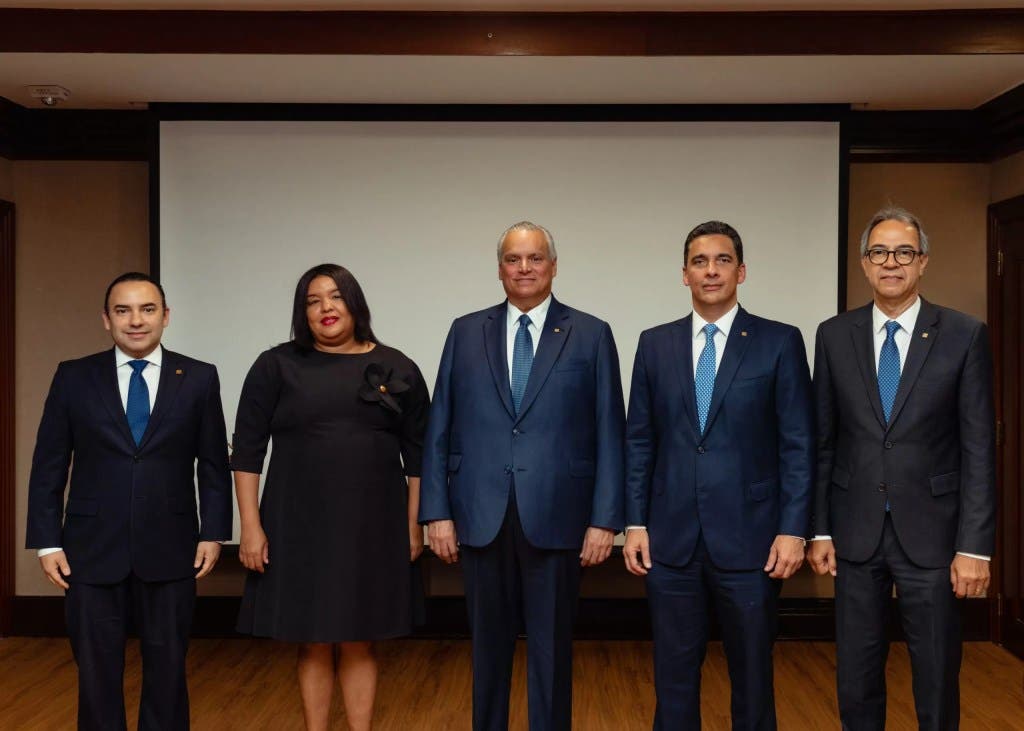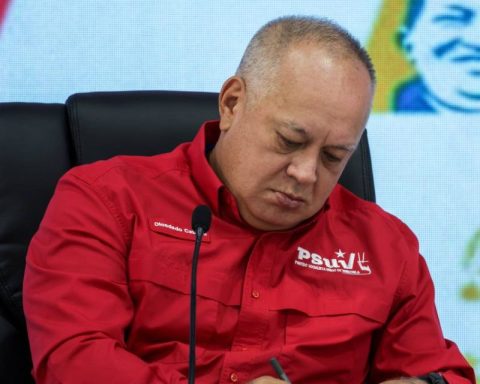Female participation in organizations in leadership positions is still low in Peru, since they only reach, on average, 13% in management positions, said Cecilia M. Flores, president of Women CEO Peru.
“In 2020, as Women CEO, we convened five of the best headhunters for a study of how COVID-19 could be influencing women’s management positions and confirmed that the female ratio in general management is 9 to 1, a figure that remains until now”, he referred.
He indicated that the marked gap is more apparent in finance, logistics, IT management, among other. In some cases, such as management associated with services (human resources, administration, sustainability, among others), there is almost a parity between women and men.
“This reflects that, despite activism, awareness raising, campaigns, power structures concentrated in top management are still difficult to remove by cultural factors because there is the privilege that mediates“, accurate.
However, Flores maintained that the picture is slowly improvingbut there is a delay due to the pandemic COVID-19.
“There are more companies that are having women on their boards, but many of them do not represent 10%, but there are other companies that have achieved 30%, these are the ones that years ago started with a female director and realized that it was positive the contribution, so they were incorporating new women”, he stressed.
Factors that affect occupational gaps
One of the most important is structural factors, which deals with care policies. “How many nearby cribs are there for working mothers? How many maternity and paternity leaves are there in an equitable way? How many suitable nurses do we have in organizations?Flores said.
He added that cultural aspects also influence, such as stereotypes, machismo, occupational segregation, among others.
The activist mentioned that another point that has an impact is family responsibilities as they are not equitable.
“Last year it was found that women spend 13 hours a week more at work than men. This average is based on paid and unpaid work. Before the study, it was thought that millennials distributed their tasks better, but we were surprised that this is not the case, but that they also carry the problem of assuming responsibility at home”, he commented.
She added that self-limitation itself prevents women from having more prominent roles in organizations, since when they are in a company and see a very masculinized culture, they do not feel free to express themselves openly.
Initiative of 30% female participation by 2030
Considering that gender equality is a fundamental right and the current scenario, Female CEO launched the initiative of 30% participation of women in decision-making spaces of companies by 2030.
He pointed out that, in 2018, nine organizations joined the first initiative, now they plan to add more than 30 signatures. “We believe that parity in management positions can be possible if there is will, coherence and commitment, so we subscribe to the realistic goal of 30% participation by women in private and public organizations”, he stated.
He explained that, according to the International Labor Organization (ILO)putting into practice an inclusive and gender equal company culture can result in an increase in profitability and productivity by 63%.
Along these lines, the organization will hold an event on September 22 to welcome the new companies that will sign the adhesion commitment.
Public policies to improve the labor participation of women
According to Cecilia M. Flores, there is a gender equity policy in the country, which recognizes that women experience structural discrimination.
“It has an interesting section called the desirable future, in which a series of indicators are proposed, for example, reducing gender-based violence by 20%, therapeutic abortions by 6%, but none of them touches on the issue of women in managerial spaces“, held.
In that sense, Female CEO He pointed out that, if these cultural changes are not addressed from the leadership, they will not occur in the other areas.
He indicated that although the National Civil Service Authority (Servir) gave interesting figures, such as that of every 10 directors or officers four are women and six are men, the high volatility makes many of the directors maintain that line of male permanence.















